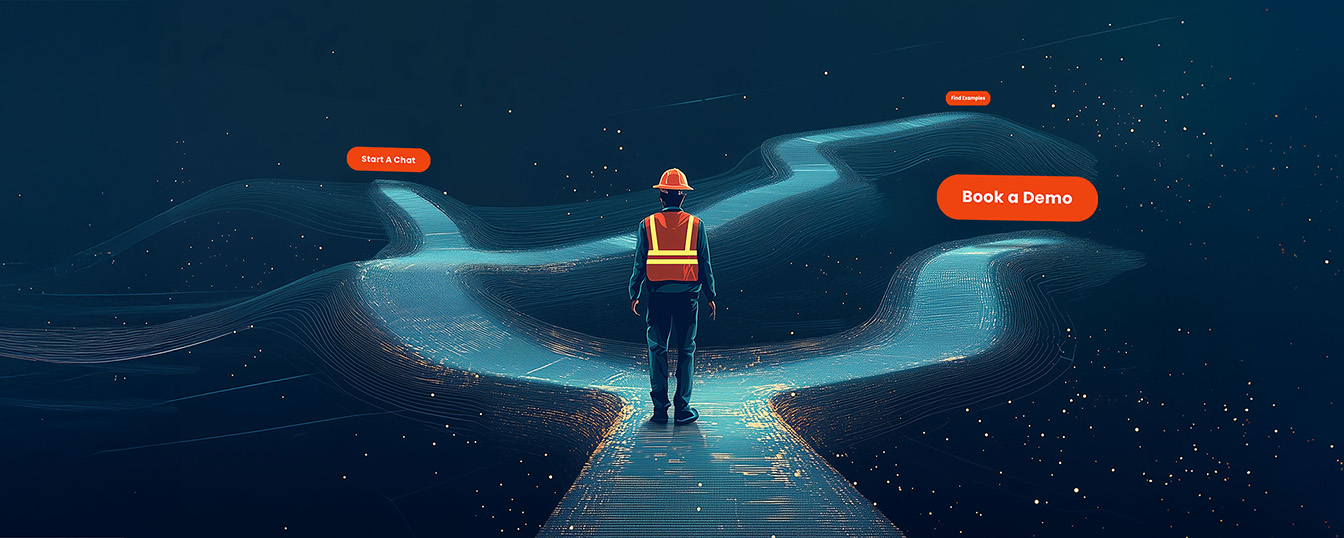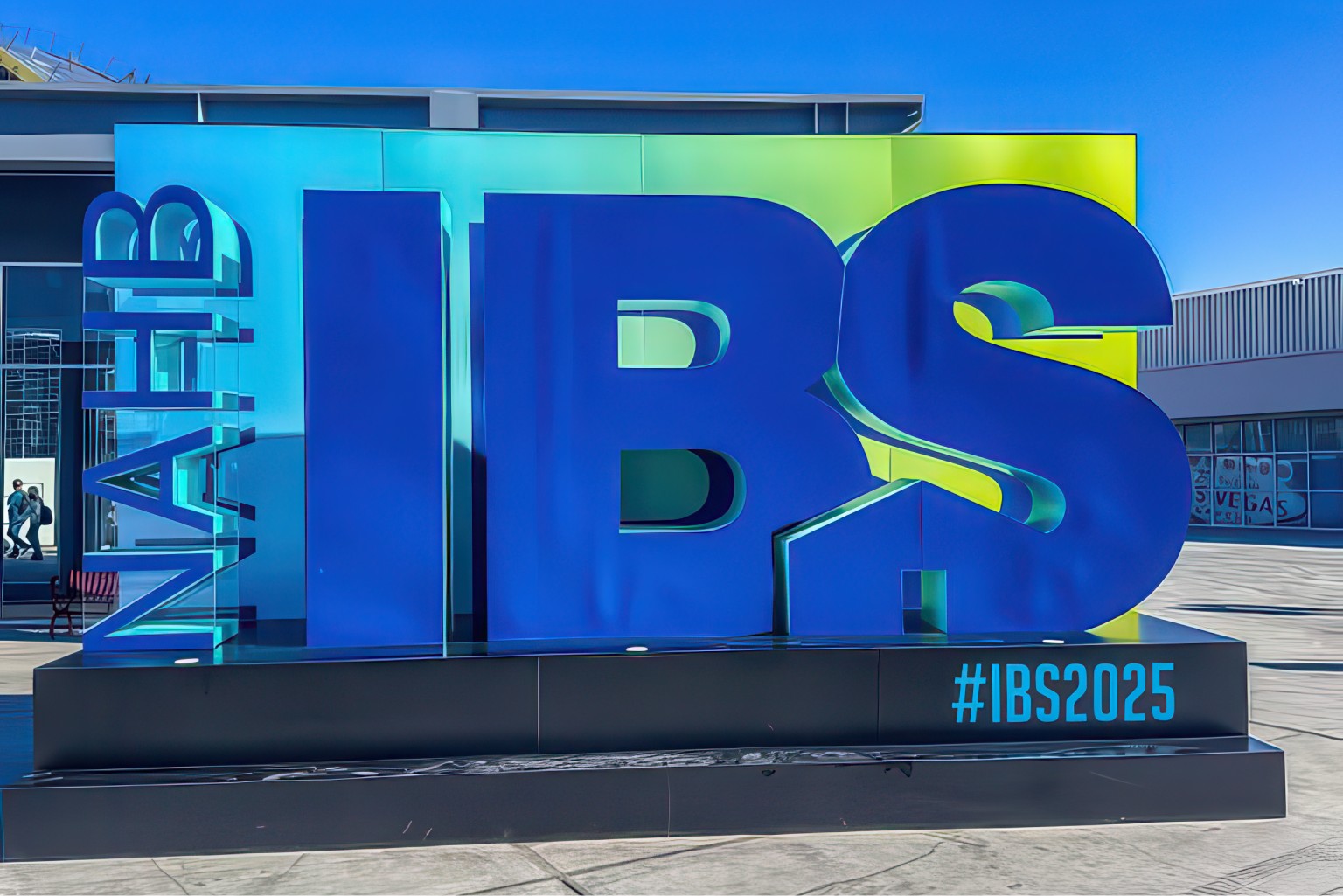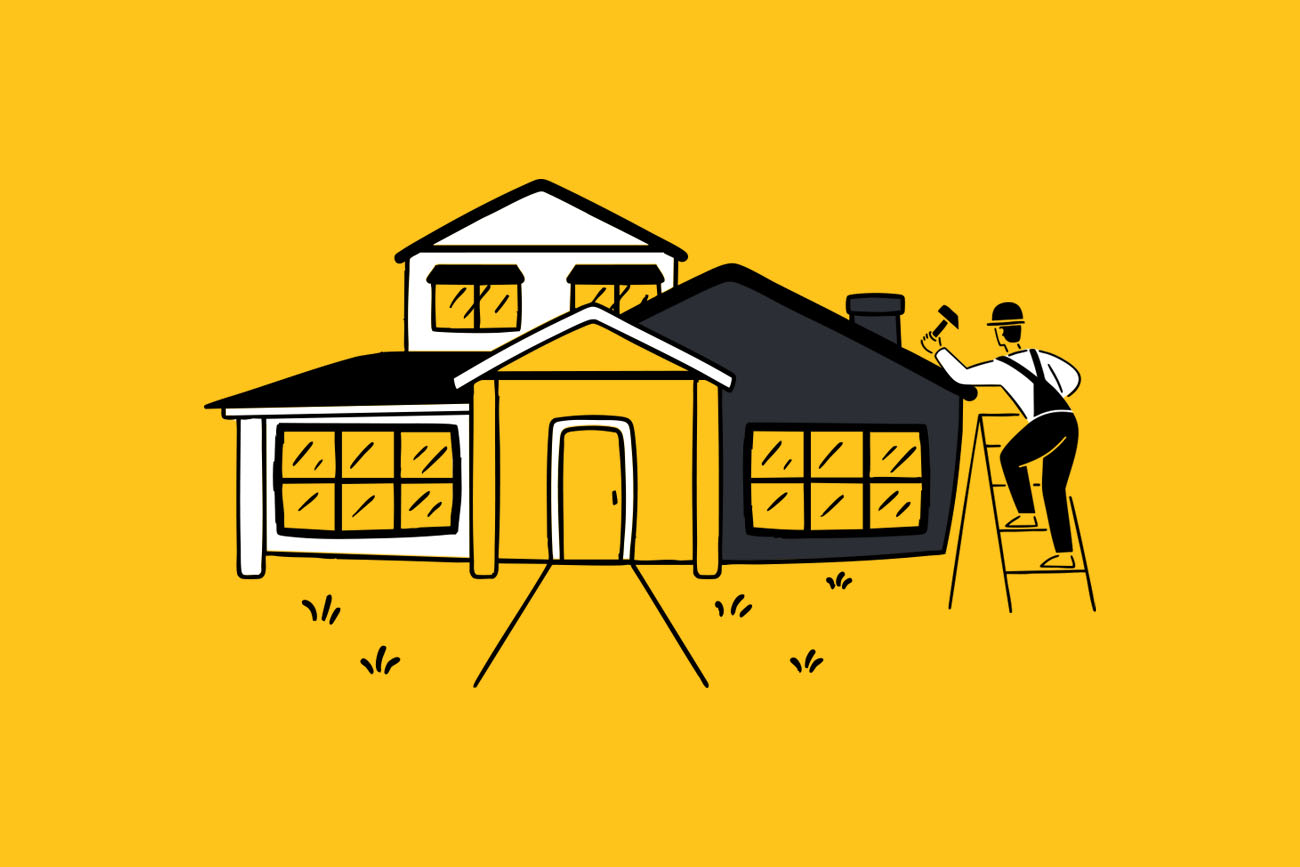4 CRM Best Practices for Marketing to Home Improvement Pros


The home improvement industry is predicting a surge of remodeling activity this year due to pent-up demand. People are tired of waiting to see where the chips fall, and they’re ready to rework what they’ve already got. (For a deeper dive into this trend, check out this recent article from our Head of Strategy, Brian Gee.)
While 2025 has thrown more than a few curveballs, interest rates are continuing to stabilize, and it’s the perfect time for home improvement companies to triple-check that their pro marketing and communications strategy is up to snuff.
We’ve partnered with plenty of brands to define and refine their pro programming and marketing strategies. One thing has stood out when it comes to maintaining these relationships — just how important CRM is.
For the uninitiated, Customer Relationship Management is technology that helps businesses organize and manage relationships with current and prospective customers. HubSpot and Salesforce Marketing Cloud are two of the big players in the CRM arena, and both offer tools to streamline and personalize marketing and sales communications.
No matter where you are on your CRM journey, we’ve pulled together a few things you absolutely, without question should do for building and strengthening pro customer relationships with CRM.
Build Your CRM Content Strategy Around What Pros Value Most

Professional contractors, interior designers and architects often wear a variety of hats. Sometimes they own their own business. Sometimes they work for a larger company. Either way, they’re hustling to keep up with a fast-paced industry. They’re navigating between homeowners, showrooms and reps, and hitting events to stay up to speed. Brands looking to earn a coveted spot in their crowded headspace will need to make it worth their while.
Based on research conducted for our home improvement clients, we know what interior designers and professional contractors value most from brands:
- Continued education and training opportunities
- Exclusive events, discounts and perks
- Fast and frictionless customer support
- Content that helps them run their business better
Shape your CRM content strategy around these pillars. Tailor each pillar to meet the specific segments of your audience where they are. Kick exclusives to your high-engagement customers — opportunities to provide product feedback, invitations to high-value events and experiences, and partnership invitations.
Automate Your Email Workflows Based on Engagement
This all sounds great, but it’s a lot of work. How do you build and maintain effective CRM content strategies for your different pro audiences without burning out? Automation.
Rather than a “set it and forget it” content calendar, shape your email workflows around customer engagement.
First, we recommend providing your customers with multiple calls to action within emails in order to offer them different paths for engagement. The next email in the sequence can be informed by the action they took, or the action they didn’t take. For instance: if they didn’t open the email at all, you can resend the same email with an alternate subject line a week later.
By highlighting a variety of offerings and providing multiple CTAs, you can measure which content types and support methods are most popular. Pretty soon you’ll have sharper insight into customer interests and needs. While not every email needs to feature every option imaginable, offering these “menus” with regularity and focusing the content to the audience will keep your finger on the pulse of what matters most to your pro customers.
Find the Balance Between Automation and Human Interaction

You’ll want automation to handle the bulk of your ongoing customer communications, but a human interaction should never be more than a click or call away.
Contractors are often turning to brands for installation questions or help with troubleshooting. FAQs and How-To videos can fill some, but not all, of these needs. Architects and interior designers expect a high level of personalized service, and an email template can only get you so far.
Offer the opportunity to connect with a person early and often. Make it easy for pros to find what they’re looking for. Include the contact information for a dedicated rep, resource, or help line prominently across communications to ensure this info is in the top of their inbox when they’re searching for it.
Even in doing all of that, consider when to transition to a 1:1 email communication:
- Extremely high-value customers may merit a more frequent personal touch
- Those who have an open customer service complaint will likely find automated marketing emails frustrating
- Lapsed customers who are tuning out your brand’s emails may tune in to an email from a brand team member or peer
Creating quick and easy paths to human communication and customer service obviously requires having enough humans on hand to support these requests: a customer success manager can partner closely with your CRM team if the volume becomes unwieldy.
Incorporate Your CRM into Your Event Strategy
Industry events carry an outsize amount of influence for the home improvement pro, especially for architects and designers. Yet, brands’ event strategies are often siloed from their digital marketing efforts, leading to missed opportunities to streamline event communications and reporting.
Work to define your pre-, during-, and post-event communications plan to make the most of these relationship-building opportunities. To start, here are a few best practices from our experience:
- Pre-event, host the registration landing page in your CRM so that registrations are automatically captured
- At a minimum, provide reminders and information two weeks out and the week of the event
- During the event, capture booth visitors with a landing page form; either via a QR code or an available iPad; incentivize form completion with swag or other perks
- Use SMS reminders during the event itself to point attendees to your booth
- Follow up with attendees a week after the event, including unique messaging for those who registered but didn’t attend
To Wrap Up
If this reads like a list of things you’re already doing, hey – nice work!
On the other hand, if it feels overwhelming, the one thing we want to leave you with is this: Your pro content and communication strategy should be shaped around pros’ unique needs. Nothing is a quicker turnoff to these audiences than feeling like an afterthought. Specificity and consideration go a long way.
Questions? Any best practices we missed? Drop us a line.

Subscribe for
more Slant
This site is protected by reCAPTCHA and the Google Privacy Policy and Terms of Service apply.











